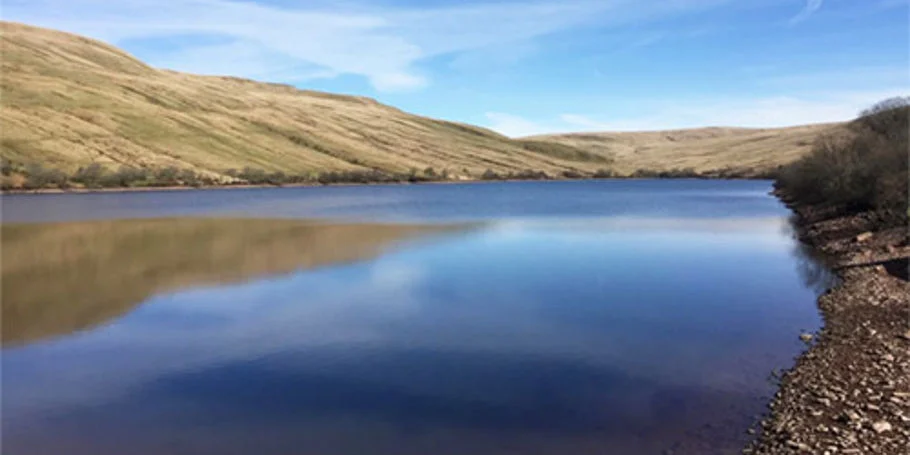Developing an urban drainage masterplan for Shanghai using machine learning
Shanghai urban drainage masterplanning

What we delivered
-
Creating a tailored plan to mitigate Shanghai’s urban flooding and upgrade its existing drainage system.
-
Challenging the traditional approach of focusing solely on drainage with a visionary ‘blue, green and grey’ approach to support integrated water cycle within the city.
-
Categorising development types of land through use of remote sensing imagery and machine learning technologies.
Get in touch with our team
Shanghai is a major industrial and commercial centre of China and has seen rapid urbanisation and population growth over the last decades. The scale of urban development has increased the impermeable area for the catchment, while reducing green space which leads to increases stormwater runoff across the city. This causes serious urban flooding and river pollution. Shanghai needs to upgrade its drainage system to support future vision to an Excellent global city by 2035.
In December 2018, the city authority launched a design competition to look for advanced yet implementable strategies from overseas experts for Shanghai’s existing drainage system challenge. In all developed areas, coupled with imminent threats of climate change. Drawing upon our global expertise, Arup partnered with Shanghai Urban Construction Design & Research Institute to create a bespoke plan that covers 640km² with a population of 15 million.
Arup plans to integrate next-generation infrastructure into all urban projects for urban planning design and redevelopment. The success of this masterplan enriches Arup’s ‘Design with Water’ framework, highlighting the idea of a water-orientated urban planning approach as a showcase for the next generation’s urban ecological development.

Adopting a 'blue, green and grey' approach
After reviewing the previous drainage masterplan and studying relevant global cases, Arup challenged the traditional approach of focusing solely on drainage. Instead, we proposed a visionary ‘blue, green and grey’ approach to support an integrated water cycle within the city which benefits other aspects across Shanghai, including ecology, economy and public health. We also studied several global cities, including New York, Singapore, New Orleans and Rotterdam, identifying those that align closely with Shanghai’s specific challenges.
Our proposed strategy follows that of other megacities, which are increasingly looking at climate change adaptation, water sensitive urban design, integrated flood control planning and decentralised infrastructure as key components of future water strategies.


Artificial intelligence and machine learning
Based on our ‘Design with Water’ framework, Arup’s approach seeks to maximise current facilities and existing infrastructure’s potential before proposing new ideas, focusing on improving the existing framework’s management.
Green infrastructure is an approach to water management that protects, restores, or mimics the natural water cycle. We first conducted a detailed analysis of Shanghai’s urban area’s land use by using our understanding of the city’s history to establish a total of 12 different types. This ranged from major highways and rail infrastructure to medium rise residential blocks and parkland. By applying remote sensory imagery and machine learning technologies, we were able to categorise the study area into different development types, with respective green infrastructure used accordingly.


Effective flood risk management
Rivers play a vital role in urban drainage. An urban flooding model has been built to identify the opportunities and challenges of using this blue infrastructure. This was the first model to integrate the river and drainage network in Shanghai, and our integrated system brings additional urban elements above ground into storm water management functions, including roads, green space, rivers, and other open spaces.
Arup’s next-generation blue and green infrastructure will be integrated into all urban projects, from urban network to individual buildings, as well as other critical infrastructure including transportation, water, energy, digital and waste, for urban planning design and urban redevelopment.
Effective management of the water environment is critical to achieving the United Nations’ Sustainable Development Goals (UN SDGs), as the UN also describes water as “a common currency” which “links nearly every SDG and which will be a critical determinant of success in achieving most other SDGs”.


Shanghai Urban Construction Design & Research Institute
Projects
Explore more water projects

Creating cool and green streets with spatial data
Strategic Prioritisation Map for Water Sensitive Urban Design, Australia

Promoting climate resilient flood defence and development through nature-based solutions
Lower Darent Riverside Strategy, United Kingdom

Wetland habitat restoration at a landscape scale
Great North Fen – Restoring the Durham Carrs, United Kingdom

Innovative energy storage powers Northern Ireland Water’s decarbonisation journey
Northern Ireland Water BESS, United Kingdom
Get in touch with us
If you'd like to speak to one of our water experts about any of the issues raised on this page or a potential collaboration then please get in touch by completing the form.

